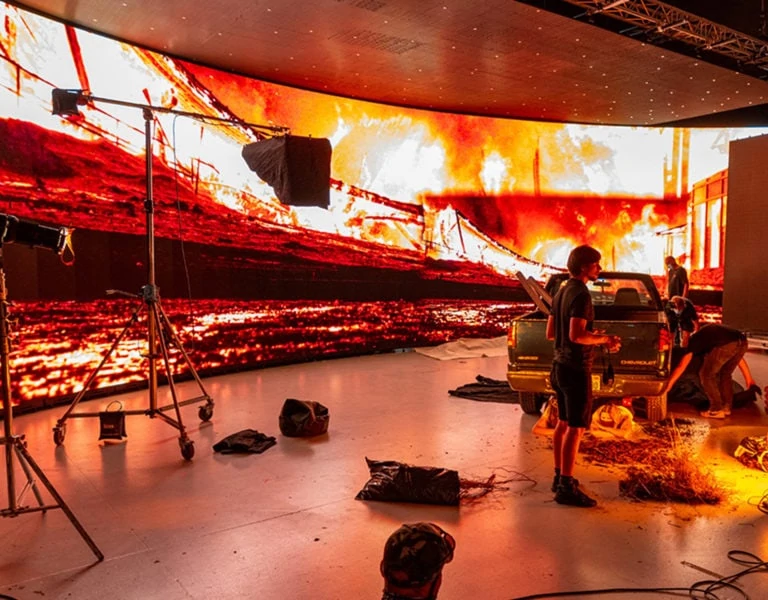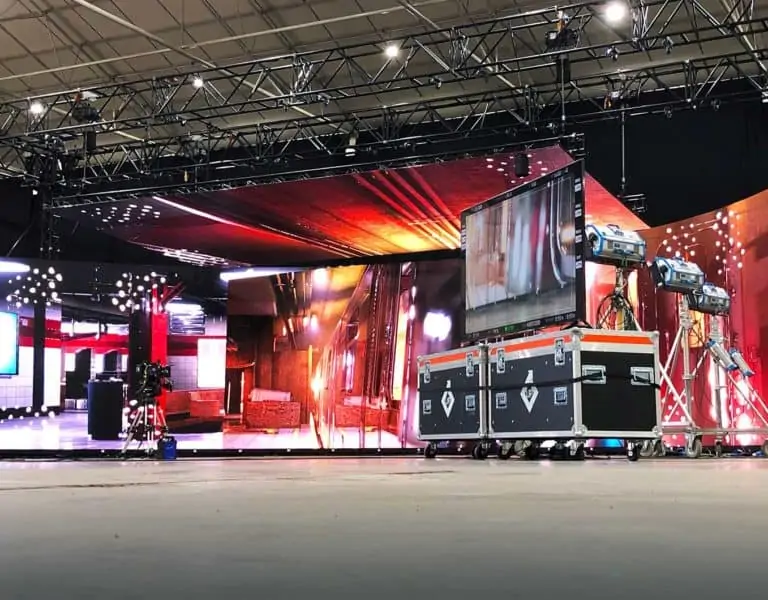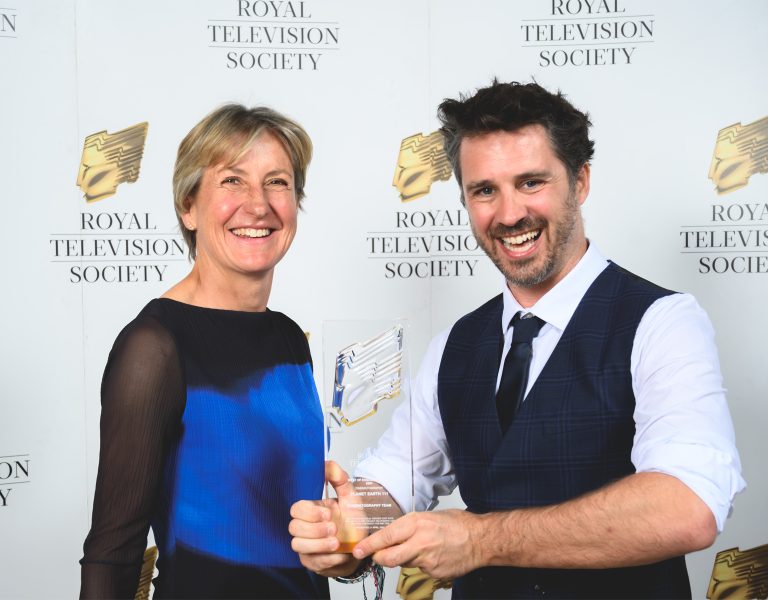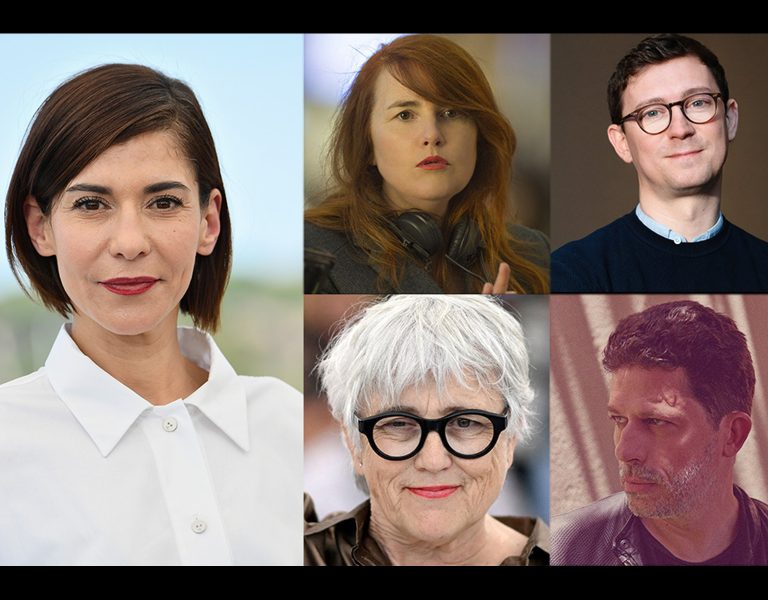 The coronavirus pandemic has presented those in the film industry with a sanitation dilemma. How can studios and the delicate, expensive technical equipment within them be adequately disinfected without causing damage or having to quarantine items for 72 hours between each user?
The coronavirus pandemic has presented those in the film industry with a sanitation dilemma. How can studios and the delicate, expensive technical equipment within them be adequately disinfected without causing damage or having to quarantine items for 72 hours between each user?
Given the projected $160billion loss for the film and TV industry over the next five years as a result of the pandemic, professionals in all areas of the industry must explore options for saving time and money wherever possible. An area where excess spending can be curtailed is within coronavirus prevention measures, which will be particularly important as restrictions ease and more people are using filming and post-production facilities and equipment.
One method of infection control that is proving successful in astute professional studios is UV-C disinfection.
What is UV-C disinfection?
Using short-wavelength UV light (UV-C) to disinfect surfaces reportedly dates to the 1800s, but the technology became widely used in the 1950s to sterilise water supplies. When exposed to UV-C, any pathogens present will be deactivated or killed in under five minutes as the light triggers an energy transfer which prevents organisms from replicating or expressing the necessary proteins. Medical grade UV-C lamps kill 99.9% of microbes in a matter of minutes.
The technology is widely used in the food and drinks production industry to eliminate E. Coli, Salmonella and other harmful germs. It is also used to treat wastewater, sterilise equipment in science labs and has been identified as a water cleaning solution for developing countries.
UV-C kills bacteria, spores, viruses, protozoans, moulds and yeast, meaning it can be used to protect professionals in the film production industry from a range of illnesses, including COVID-19.
Where and how can it be used in film production?
The disinfecting powers of UV-C can be harnessed in different ways, which makes it an ideal decontamination measure to implement into studios’ current processes. Unlike wet wipes, alcohol and other chemicals, UV-C produces no waste, is more cost–effective over time, will not damage electricals and other delicate pieces of kit and provides a much more effective clean than human efforts can achieve.
The animation studio behind Wallace and Gromit, Aardman, is relying on a Uvisan UV-C cabinet to disinfect its puppets, props and rigging for its latest Shaun the Sheep project. Before installing the cabinet, the production team was spending 10% of its 40-hour work week cleaning and disinfecting the props between each person touching them. UV-C means props can be quickly decontaminated, steel parts do not rust, and costumes can be safely sanitised which was not possible using traditional cleaning methods.
Similarly, the University of Chichester has installed several ambient UV-C lamps into its recording studio so creative students can use this vital resource and external clients can continue to record voice–overs and music in the studio. Previously, there was no way to effectively disinfect the delicate SSL mixing desk without using heat or moisture which would cause damage. Now, the whole room and the equipment within is fully sanitised in less than 10 minutes.
The film and TV industry in the UK has been seriously damaged throughout the pandemic. As social distancing measures are relaxed and workplaces fill up again, those in production must find an efficient and cost-effective way to prevent virus outbreaks and allow the industry to recover as quickly as possible.
Words by Jarek Salek, head of engineering and technical operations at Uvisan.




















